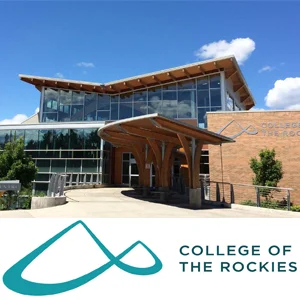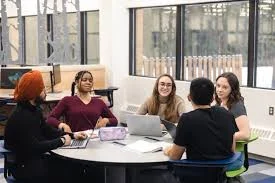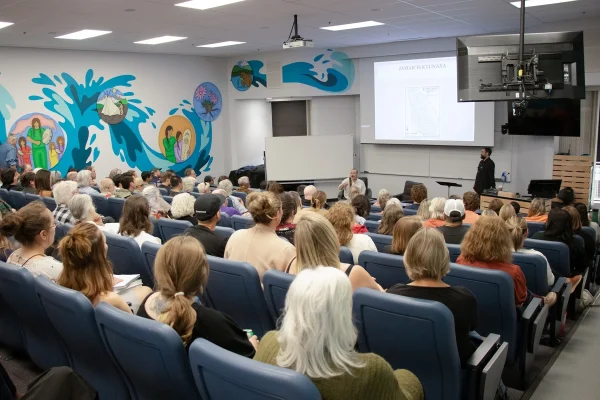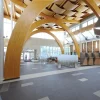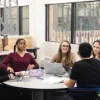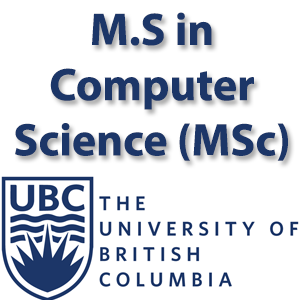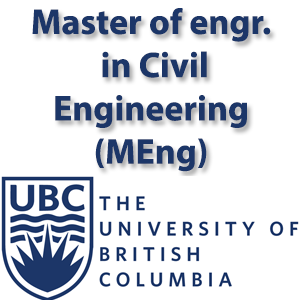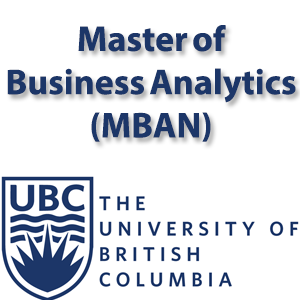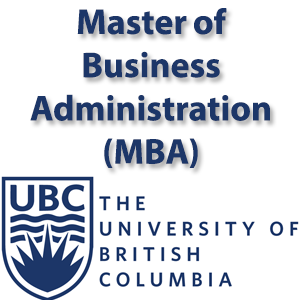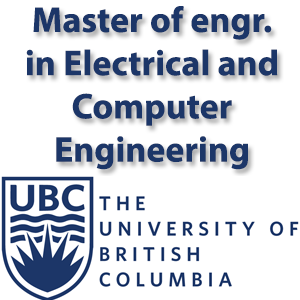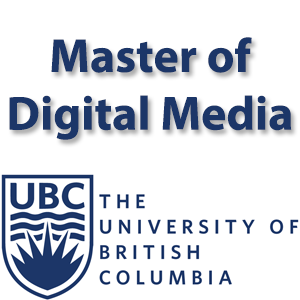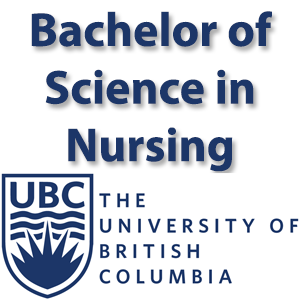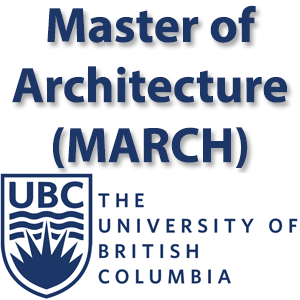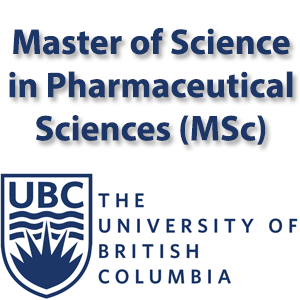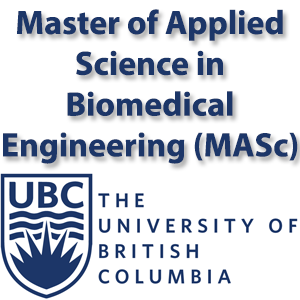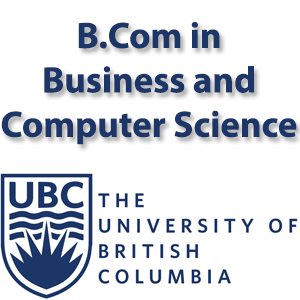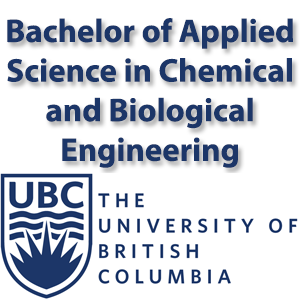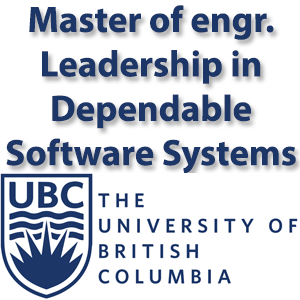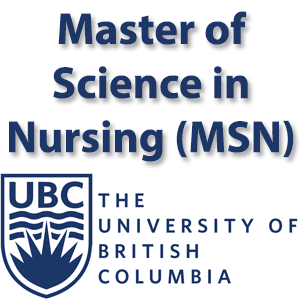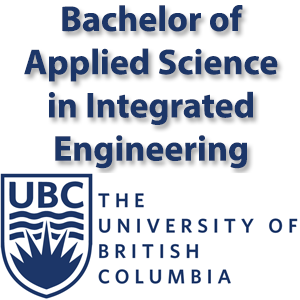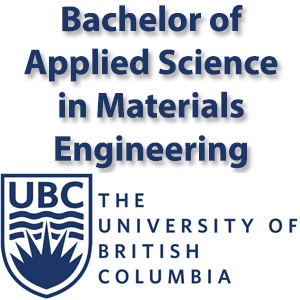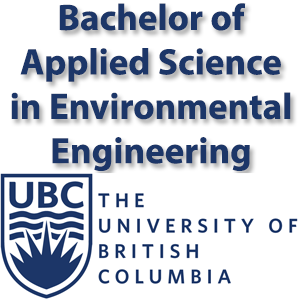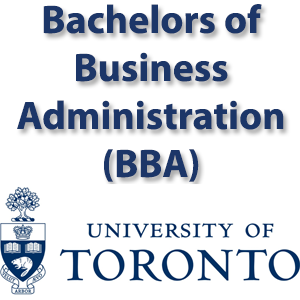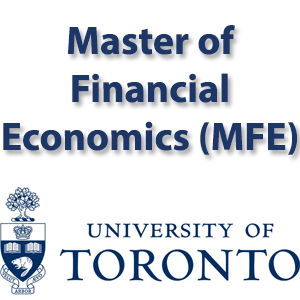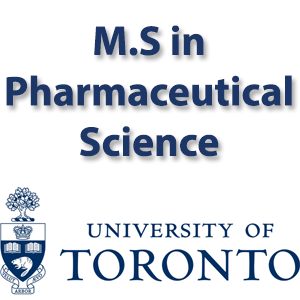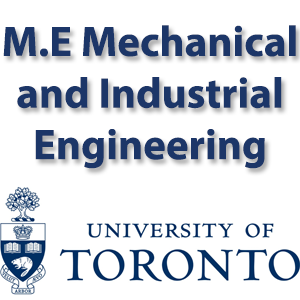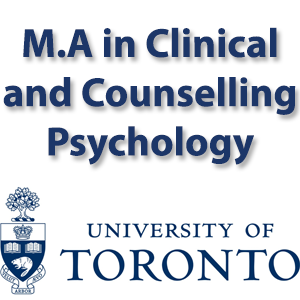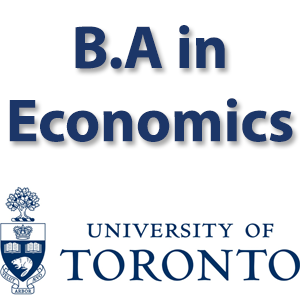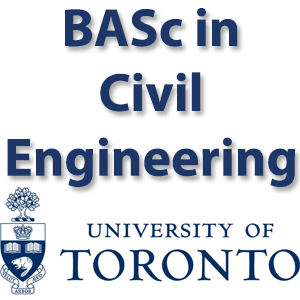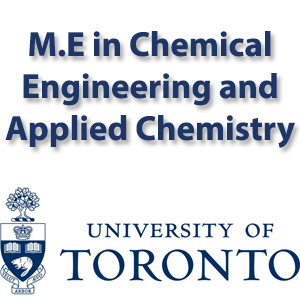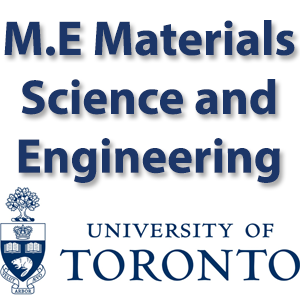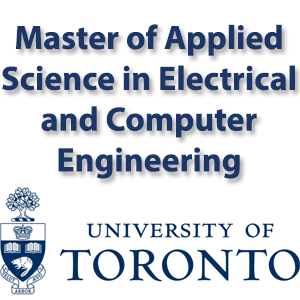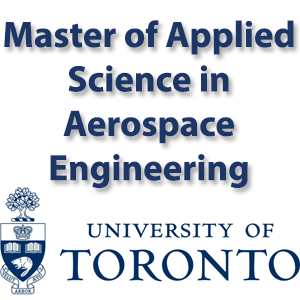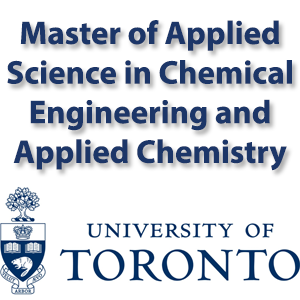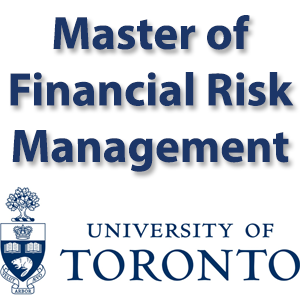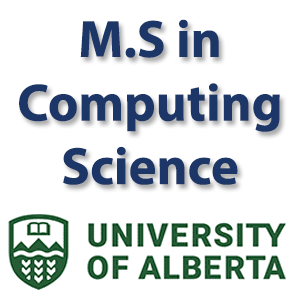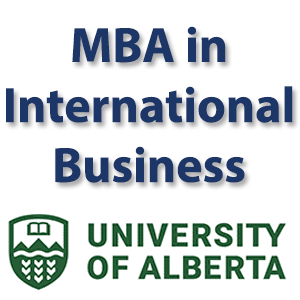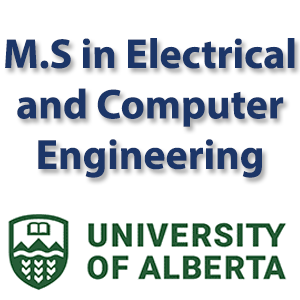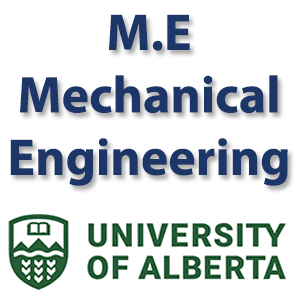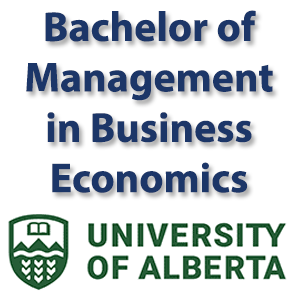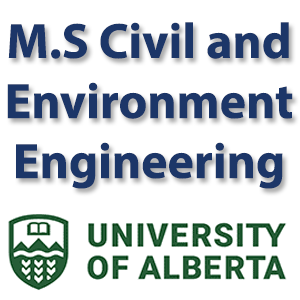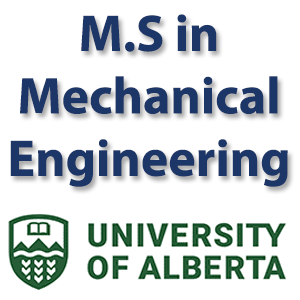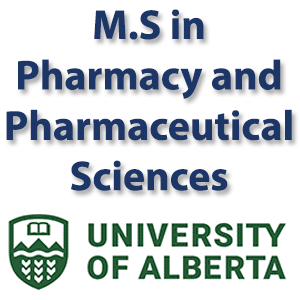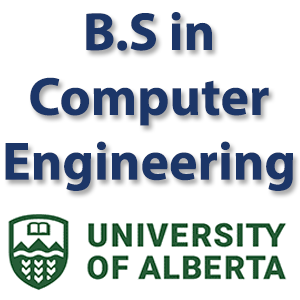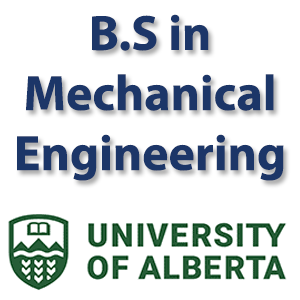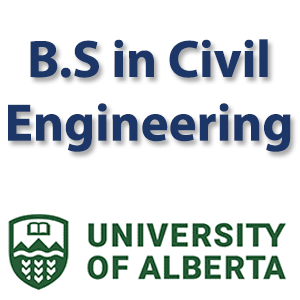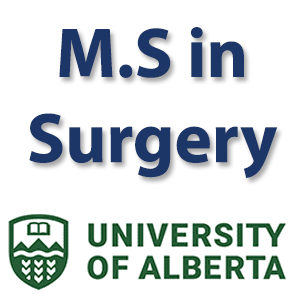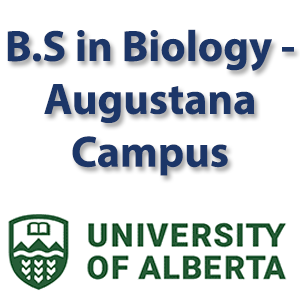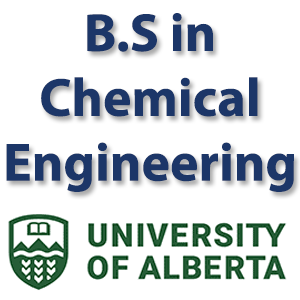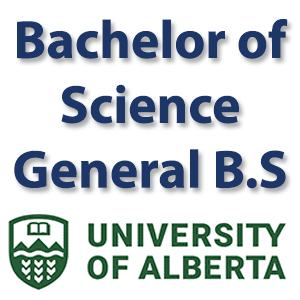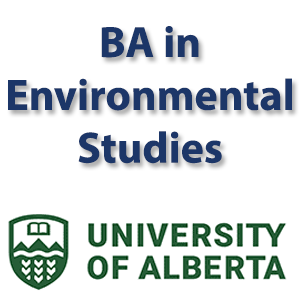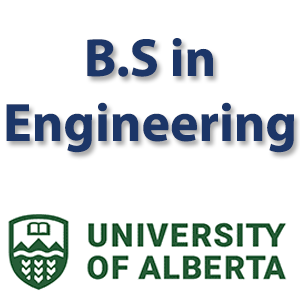About Us
Rocky Mountain Inspired. Small College Proud.
Located in the Kootenay Rocky Mountains of southeastern BC, we offer you lifestyle and learning opportunities to match our spectacular setting. Our Main Campus and Gold Creek Campus are in Cranbrook. We also have regional campuses in Creston, Fernie, Golden, and Invermere, which offer unique programs and courses.
What is the College of the Rockies advantage?
- Smaller class sizes
- Personalized instruction
- Up-to-date technology
- Great support services
- Professional, friendly staff who are dedicated to student success make College of the Rockies the best place to live, learn and play!
Board of Governors
About College of the Rockies Board
College of the Rockies is governed, like all other colleges in the province, by the College and Institute Act of B.C. The Board of Governors is empowered by this Act to manage, administer and control the property, revenue, expenditures, business and affairs of the institution.
The Board represents the public, and oversees the affairs of the college, and determines and demands appropriate institutional performance. The Board focuses on policy and strategic leadership rather than administrative detail, and has developed and maintains a clear distinction between Board and Presidential roles.
The Board’s primary responsibility is to oversee the strategic direction and management of the college, and to ensure it carries out its Mission in concert with its Vision and Values. For more information and insight on Board roles and responsibilities, please refer to the Act, By-Laws and Board Charter in the Policies and Guidelines section.
Safety and Security
College of the Rockies strives to provide a safe, secure and inclusive environment for the entire College community including students, faculty, staff, visitors, and guests.
Our Cranbrook Campus Security Officers are on duty during operational hours and are the first responders to all emergencies including medical emergencies. They patrol all buildings and parking areas.
It is the responsibility of each individual to report any crime or violent incident immediately.
- To reach our On-Campus Security Officer, dial 222 from a College phone
- For all other emergencies (fire or medical) dial 911
View our Sexualized Violence Prevention and Response information page.
Our History
A Seed is Planted
James Patterson, a hard rock miner in Kimberley’s Sullivan Mine and a member of the local School Board recognized the need for apprenticeship training in the East Kootenay region of BC. Not one to sit idly by, he, and some other interested parties, approached the provincial government in 1971 and initiated the process of establishing a vocational school that would serve the East Kootenay region. An East Kootenay Vocational School was formed with the intention of being represented on the McTaggart-Cowan Commission; a government body formed to study the need for post-secondary education in various communities in BC. They were successful and Patterson and Ray Hughes of Fernie were appointed as the region’s representatives.
Early Days
On May 8, 1975, East Kootenay Community College (EKCC) was established. As per a government decree, EKCC’s main campus was to be constructed in Cranbrook, the largest city in the region. Dr. Gary Dickinson became its first principal in June of that year, overseeing the initial offerings of vocational, technical, and academic courses. On October 6, 1975, the first classes began with 351 students in Cranbrook, 64 in Kimberley, 52 in Fernie, 39 in Golden, and 37 in Invermere.
A Campus is Born
Sod turning for a 130,000 square-foot main campus took place in February 1978. Until construction completed in 1982, classes were delivered from 17 different locations in Cranbrook and in high school classrooms in the other EKCC communities. During this time, enrolment was growing quickly. September 20, 1982, marked the official opening of EKCC’s Cranbrook campus. Though EKCC continued to have a presence in the surrounding communities, new facilities were not completed until:
- 1988 – Invermere
- 1989 – Fernie
- 1992 – Golden
- 1995 – Creston
Continued Growth
- A legacy from the BC Summer Games, the track and field at the Cranbrook campus opened in 1985.
- A 26,600 square-foot, $4.1 million expansion which included a health wing and an addition to the cafeteria for the Professional Cook Training program was completed on October 22, 1992.
- Two years later, a 5,000 square-foot mechanics shop was added to accommodate the continuing enrolment growth.
- The College’s first student housing building, Purcell House was completed in 1995.
- Associate degrees in arts and sciences were added to the program catalogue in 1993.
Change of Identity
In May 1995, a request from East Kootenay Community College to change its name to College of the Rockies was approved through a BC Government Order in Council. Under the new name, the College’s growth continued, seeing:
- The first online course, Applied Research Methods, offered in January 1997.
- During the 1997/98 academic year, the Avalanche men’s and women’s volleyball teams were introduced as the latest members of the BC College’s Athletics Association.
- October 2002 saw the completion of the Kids on Campus childcare facility.
- November 2004 welcomed the introduction of wireless technology for student laptops at the main Cranbrook campus.
Expansions Continue
A new $16.2 million expansion took place in 2007, adding a new academic building (Summit Hall) and a Trades facility (Pinnacle Hall). At this time, the College also acquired the Gold Creek Trades and Technology Centre in 2007, taking over the former TransCanada Gas facility. Just a few years later, in 2010, a $12.7 million federal/provincial government-funded expansion including a grand new entrance hall, additional classroom space, and interior renovations to improve the delivery of services began. The project wrapped up on October 29, 2010.
Reaching New Heights
The College’s first four-year degree – the Bachelor of Business Administration in Sustainable Business Practices was established in 2010. The BBA integrates social, economic, and environmental sustainability practices into the curriculum. On January 20, 2011, the BC Council on Admissions and Transfer granted College of the Rockies a ‘receiving’ institution designation as an addition to its previous designation of a ‘sending’ institution. This allowed the expansion of transfer pathways for students to and from the College.
More Students, More Opportunities
In 1975, the College’s five locations throughout the region saw 543 students. By the 2022/23 academic year, enrolment had risen to 2,341 full-time equivalent students at seven campuses. Including Continuing Education participants, the College serves approximately 9,600 full-time and part-time students each year. During that same period, international student enrolment had grown to 216 students (approximately 9.3% of total enrolment) from 40 countries. Over the years, both the number of employees and the College’s budget, continued to grow along with student enrolment. Starting with just 24 employees and a $1.2 million annual budget in 1975, the College saw significant growth, boasting 771 employees and a budget of $46.7 million by 2023. The range of programs offered over the years has also changed and expanded over the years and the delivery of online courses continued to grow exponentially during this time.
yaqakiǂ ʔit̓qawxaxamki (The Place Where People Gather)
In 2014, we celebrated the grand opening of what was then called the Aboriginal Gathering Place, a place considered a safe haven where students, staff, faculty, and community members feel welcome, respected and engaged. Now renamed yaqakiǂ ʔit̓qawxaxamki (The Place Where People Gather) respect remains the underlying principle and all scheduled activities must celebrate diversity, inclusiveness, and Indigenous knowledge.
Honouring Our Founder
The College expanded once again in 2017, thanks to funding from the Government of Canada, the Province of British Columbia, Columbia Basin Trust, and Teck Limited which allowed for a new building to be constructed. The building is to be primarily used by Industrial Mechanics and Electrical students. With the tie to trades training, it seemed appropriate to finally honour our founder; the building was named Patterson Hall at the official opening in August 2018.
Valued Partnership
A $6-million partnership between Columbia Basin Trust, College of the Rockies, and Selkirk College in 2019, saw each college provided with $3 million over three years from the Trust. These funds were used for items outside the scope of current government funding and were focused on growing program offerings, diversifying, and enriching programs, and enhancing the overall student experience.
Homes Away from Home
Also in 2019, the Ministry of Advanced Education, Skills and Training provided $11.6 million of a $17.7 million dollar student housing. Columbia Basin Trust contributed another $1 million with the College contributing the remainder. Construction on the student housing buildings began in September 2019 and the housing spaces officially opened in winter 2021. The five cottage-style buildings increased on-campus housing by 100 beds. The five new buildings are collectively referred to as ʔa·kikⱡuʔnam which translates to “village” in the Ktunaxa language. The individual buildings are named: ʔakisqnuk (Columbia Lake), Yaq̓it ʔa·knuqⱡiʔit (Tobacco Plains), ʔaq̓am (St. Mary’s), Yaqan Nuʔkiy (Lower Kootenay) and Kyaknuqli?it/Kenpesq’t (Kinbasket Shuswap).
More Milestones
It seems 2019 was a busy year:
- The College graduated our first cohort of Bachelor of Science in Nursing students. The program, offered in partnership with University of Victoria, previously saw students travel to Victoria to finish off the final three semesters of the program at the university.
- In June 2019, the College and the Ktunaxa Nation signed a Memorandum of Understanding (MOU), building upon the long-standing partnership between the two and recognizing the Indigenous Education Protocol for Colleges and Institutes signing that took place in July 2015. A few years later, in 2023, the College was proud to be recognized by Colleges and Institutes Canada for Indigenous education excellence.
- October 2019 saw the establishment of the College’s first Alumni Network, providing perks and networking opportunities to former students.
Hit by a Pandemic
Like the rest of the world, College of the Rockies was impacted by the COVID-19 pandemic. With our campuses closed, students finished out their academic year, and the one following, entirely online. Thankfully, the College’s long history of offering online programming helped us to transition quickly. The College launched a Student Emergency Help Fund to assist students who may have lost their employment or were facing other hardships due to the pandemic and gathered healthcare supplies from their Health and first aid programs, contributing over 75,000 items to healthcare workers throughout our region early in the pandemic. In fall of 2021, students were able to return to on-campus learning.
Growth at Our Campuses
In 2018, our Invermere campus began offering its first diploma program – the Hospitality Management diploma and in 2021, Adult Upgrading returned to the Invermere campus through the Upgrading for Academic and Career Entry (UACE) program. With the growth of programming, the Invermere campus was bursting at the seams. In 2023, thanks to a $2.8 million infusion from the provincial government, the campus gained some more space. Having always shared space with David Thompson Secondary School, the Invermere campus took over the high school’s art room which was attached to their portion of the building and, in turn, had a new art room constructed for the DTSS students.
Work Integrated Learning
In the summer of 2022, the College launched work-integrated learning opportunities to many programs for the first time, providing hands-on learning to interested students. After starting off small with co-op opportunities, in October 2023, the College was selected by RBC and Riipen’s REACH UP program to create 400 work-integrated learning experiences. Creation of the WIL experiences began in fall 2023 and continued to the end of the winter 2025 semester.
Increasing safety
October 2023 saw the start of a new access road to the College, providing a much-needed second entrance/exit to the College.
A History of Leadership
Since opening its doors in 1975, the College has grown and thrived under the leadership of a distinguished series of Presidents. In order of their service, these individuals are:
- Michael Crowe (2025 – present)
- Paul Vogt (2020 – 2025)
- David Walls (2013 – 2020)
- Dr. Nicholas Rubidge (2001 – 2013)
- Dr. Berry Calder (1994 – 2001)
- Dr. Larry Szalanski (1993 – 1994)
- Jake McInnes (1982 – 1993)
- Dr. Lorne Ball (1977 – 1982)
- Dr. Gary Dickenson (1975 – 1977)
Tuition, Fee and Refund Policy Information
Tuition for College of the Rockies programs is calculated using “cost-per-credit” or “cost-per-week”. Most of our academic courses are calculated based on a “cost-per-credit” or “cost-per-course” basis and many of our vocational & trades programs are calculated on a “cost-per-week” basis. For tuition and fees for individual programs visit our Programs section.
Note: Tuition fees include an alumni fee, student activity fees, and a student technology fee. In certain cases a materials and supply fee may also be included. View all College Policies
Students 60+ years
Guaranteed seat:
- Full payment of fees are required upon registration
Non-guaranteed seat:
- May register after the advertised deadline for fees owing
- May be entitled to *free tuition and *lab fees on courses
*Note: Continuing Education courses, contract training, non-credit and International student fees are not eligible for free tuition and lab fees
Additional Fees
Students’ Association fees
For credit-based courses there is an $11.50 Students’ Association fee for each course to a maximum of 3 courses per semester for $34.50. Some programs (Trades, Vocational & Health) are charged based on the length of program. For these programs the Students’ Association fee is $2.30 per week of study (an 8 week program is charged $2.30 x 8 weeks = $18.40).
Lab fees
When a course has a required lab component there is an additional $28.46 fee per course credit to a maximum of 3 credits or $83.73 per course.
Bus Pass fees
If you are enrolled in full-time studies, your Bus Pass provides you with unlimited access to public transit in the Cranbrook area and free swimming at the RecPlex during designated times. This fee only applies to students enrolled in an on-campus program at the Cranbrook and Gold Creek campuses (online students are not required to pay bus pass fees).
- If you are taking 3 or more courses during a semester a mandatory Bus Pass fee of $44.40 will be charged for Fall and Winter semesters and $22.20 for Spring and Summer semesters.
- If you are taking 2 directed studies courses, a mandatory Bus Pass fee of $44.40 will be charged for Fall and Winter semesters and $22.20 for Spring and Summer semesters.
- If you are a Foundation Trades student you will be charged a Bus Pass fee according to the length of your program.
Health and Dental Plan fee
An annual fee of $240.00 is charged to full-time students for the Health and Dental Plan. This plan provides you with extended health and dental coverage for some of those services not covered by the BC MSP and other health-care programs. For detailed information of the plan visit the COTRSA Studentcare website. Required Health and Dental Plan enrolment:
- Students registered in the Fall Term in nine credits or more
- English Language Program (ELP) students taking two or more courses
- Students enrolled in full-time programs lasting for at least nine weeks of study
Textbook fees
Textbook costs are not included in tuition and fees. We recommend you budget $200.00 per course for textbooks. This is an estimate as all courses/programs have different textbook requirements.
Other fees
Many of our adventure, trades and vocational programs have additional fees that can include:
- Field fees
- Equipment fees
- Salon fees
- Toolbox fees
- PVHE-100 – OFA Level 1 fee (Occupational First Aid Level 1)
- PVHE-701 – TDG fee (Transportation of Dangerous Goods)
- PVHE-700 – WHMIS fee (Workplace Hazardous Materials Information System)
Payments & Deferrals
Payment Dates
Tuition fee deadlines for all programs with semestered courses:
- Fall 2025 semester deadline: August 9, 2025
- Winter 2026 semester deadline: November 15, 2025
- Spring 2025 and 2026 semester deadlines: start of class
Tuition fee dues dates for Child, Youth and Family Studies, Fire Services, Health, Office Administration, and Trades/Apprenticeship students are indicated on admission letters.
Payment methods
Fees may be paid by one of the following methods:
- Online using AccessCOTR. Login to your student account and select the Student menu. Select View Account and Make Payments under Financial Information.
- Internet or telephone banking at most financial institutions.
- In-person at any campus
- By credit card – Phone: 250-489-8237 or Toll Free: 1-877-489-2687 x3237
Methods of payment include:
- Cash
- Visa
- MasterCard
- Interac,
- Cheque payable to College of the Rockies
- Money order payable to the College of the Rockies
Deposits
For some vocational & trades programs a $200.00 non-refundable and non-transferable deposit is required. The deposit will be applied to your tuition fees. The date of the balance owing varies as outlined in your admission letter.
Outstanding Fees
All assessed fees (tuition, emergency loans, overdue library book fines, etc) must be paid in full before a student is allowed to register/re-register for a program/course, attend classes, or receive a statement of grades, official transcript, or credential.
Fee Deferral
Student loan deferral information
If you have applied for a Student Loan and would like your fees deferred you must provide proof of Student Financial Assistance application and/or Notification of Assessment. All tuition and outstanding fees owing on your student account will be deducted from your first Student Financial Assistance disbursement. Any additional fees will be deducted from your second Student Financial Assistance disbursement. If your loan or award does not cover all outstanding fees, you are required to submit payment on or before the established payment due dates. These dues dates are published and posted in all student services areas in the College.
Refund Information
Full or part-time students registered in Adult Upgrading, University Studies, Vocational and Trades Foundation programs will be refunded as follows:
- Withdrawal within 14 days following the first instructional day of the program: 75% (seventy-five percent) of the tuition fees paid.
- Withdrawal within 28 days following the first instructional day of the program: 50% (fifty percent) of the tuition fees paid.
- Withdrawal more than 28 days following the first instructional day of the program: No refund.
Notes:
Refund payments:
- Third party sponsor payments – refunds will be paid directly to original payer.
- Credit card payments – any refunds will be credited to original credit card.
Financial Aid and Awards
Invest in your future
With the latest labour market survey for BC saying that 75% of the one million jobs expected over the next decade will require post-secondary education, your investment in your education is more important than ever. Not sure where to start? Setting up an appointment with our Financial Assistance and Awards Advisor is a great place to begin.
Important Note: StudentAidBC is currently experiencing a disruption in service delivery. Please contact StudentAidBC directly if you have concerns about your funding application or need immediate assistance.
StrongerBC future skills grant (FSG)
The following programs are eligible for the FSG.
Government Assistance
BC Residents
Important Note: StudentAidBC is currently experiencing a disruption in service delivery. Please contact StudentAidBC directly if you have concerns about your funding application or need immediate assistance.
If you have lived in BC for at least 12 consecutive months, you are eligible to apply for student loans, grants, bursaries, scholarships, and special programs to help, or cover, the costs of your post-secondary education.
Out-of-province students
If you do not meet StudentAid BC’s residency guidelines, you can still apply for provincial loan programs for the province you last resided in for at least 12 consecutive months. See below for the relevant websites for each province and territory. Be sure to read carefully so you don’t inadvertently delay the process.
Scholarships, Bursaries and Awards
If you meet the eligibility requirements listed below, you may be able to earn thousands of dollars in bursaries and scholarships. What’s the difference between a bursary and a scholarship?
Bursaries are awarded based on financial need and reasonable academic standing.
Scholarships are intended to help finance further education and are awarded based on academic merit or excellence. Some scholarships are open to many programs, some are specifically for one program area.
Eligibility Requirements
- You are currently enrolled in a full-time program at the College (60% course load; 40% for students with documented disabilities.)
- If you are not a College of the Rockies student yet but plan to attend, you’ll want to take a look at our entrance scholarships and entrance bursaries and awards.
Entrance Scholarships
With over $50,000 available in entrance awards for domestic students coming to the College for the first time, directly from high school, all available after filling in one form, why wouldn’t you apply? You are eligible to apply for an entrance scholarship if you are a Canadian citizen or Permanent Resident coming to school at the College for the first time, directly from secondary school. Individual awards may have addition criteria.
Entrance Bursary Information
Entrance Bursary Program
The College of the Rockies Entrance Bursary Program is open to first-year students entering a full-time post-secondary program at College of the Rockies. Bursaries range from $250 to $2,000 for students who demonstrate financial need.
Eligibility
To compete for an Entrance Bursary applicants must:
- Be a Canadian citizen or permanent resident
- Enter a full-time post-secondary program for the first time. Minimum enrolment of a 60% (40% for students with a documented disability) course load
- Demonstrate financial need by applying for a student loan through Student Aid and provide a copy of your Notification of Assessment with the entrance bursary application and/or filling in the budget form provided with the application
- Apply for the Entrance Bursary by the application deadline
Selection
Entrance Bursaries are awarded based upon:
- Financial need
- Student essays:
- Briefly describe your academic and career goals. Why did you choose to study at College of the Rockies?
- Briefly describe the activities in which you have participated as a volunteer in the community at large. For activities in which you took a leadership role, briefly state why it was important for you to assume the role of leader.
Application Instructions
Essays
Complete the student essays, each a maximum 125 words. It’s best to type your essay in a Word document that you can save. Once you are ready (do not forget to spell check and proofread) “cut” and “paste” the text into the essay section of the application form.
Print, sign and date your completed application. Submit Application
Enclose a copy of your Student Assistance Program Notification of Assessment from your student loan and/or completed budget sheet. Submit application online, in person, by mail or via email to the Financial Assistance and Awards office at College of the Rockies by
July 15, 2025. College of the Rockies
Financial Assistance and Awards Office
2700 College Way, Box 8500 Cranbrook,
BC V1C 5L7 Email: financialaid@cotr.bc.ca



